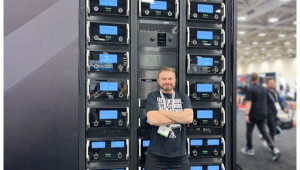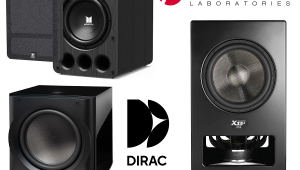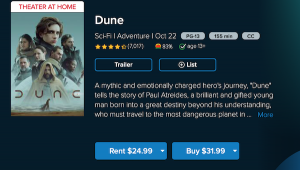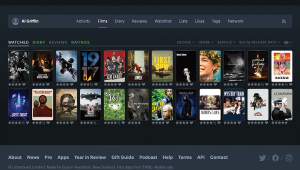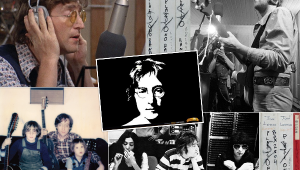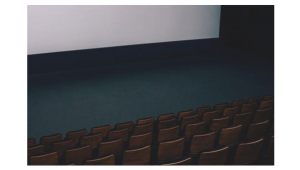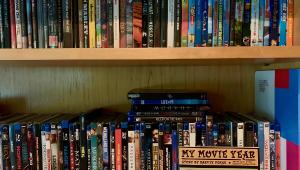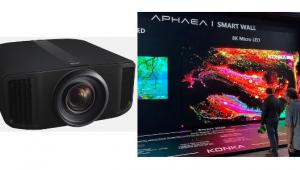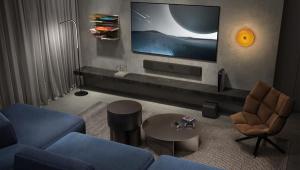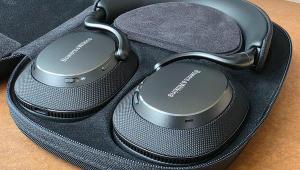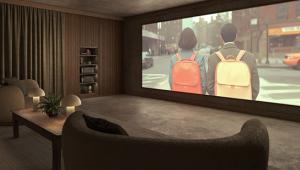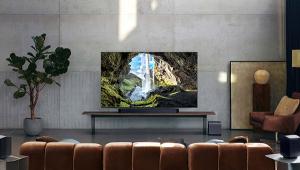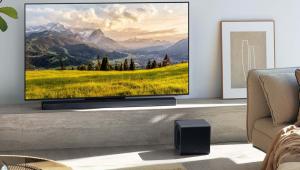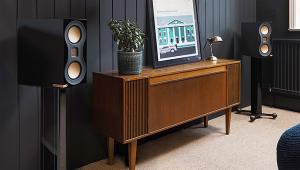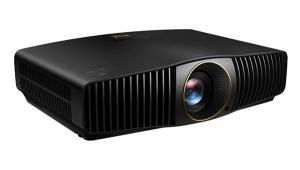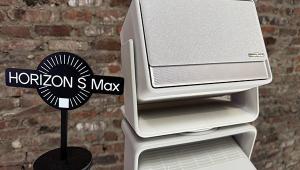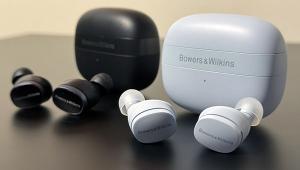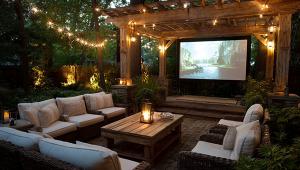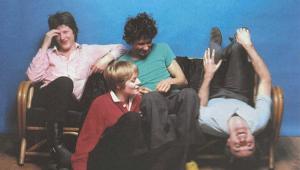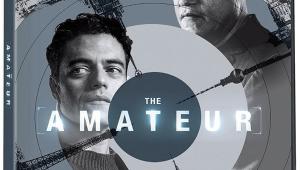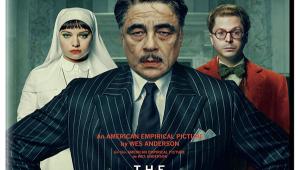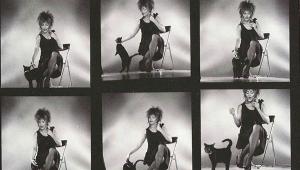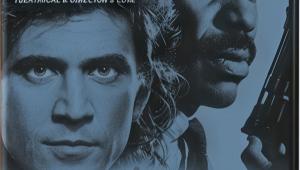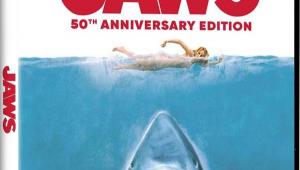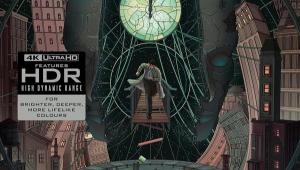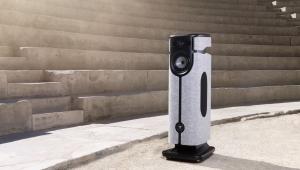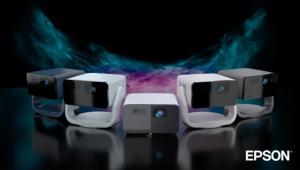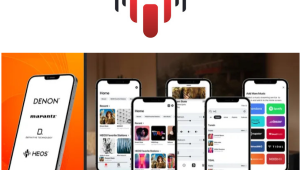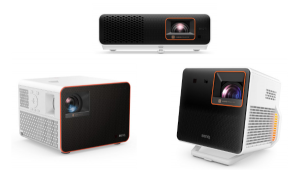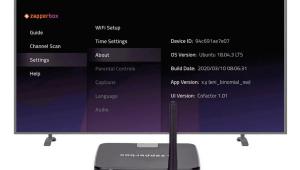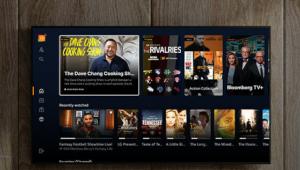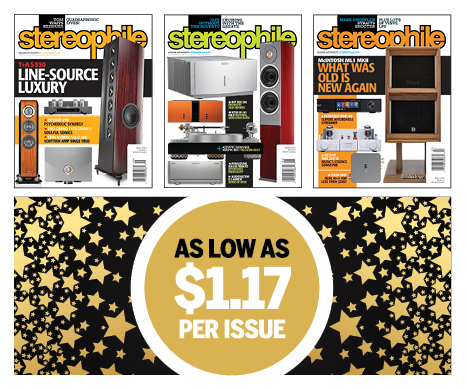Where Have All the Audiophiles Gone?
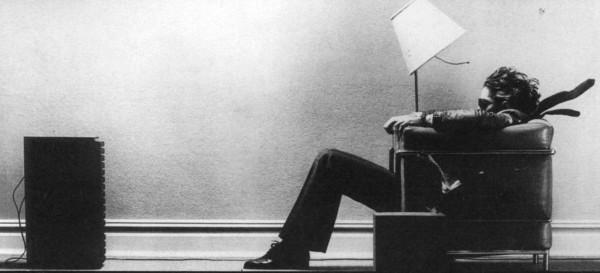
In response to Thiel’s question, our resident audio historian and audio technical editor Mark Peterson reminds us that the tape loop and pre-out/main-in connections required to hook up even a stereo (much less multichannel) equalizer or other processor disappeared with the advent of multichannel AV receivers, well before built-in DSP and automated room correction came into vogue. It was, he suggests, a financial decision by manufacturers seeking to save cost and back-panel real estate. So this might have been something of a chicken-and-egg situation: Did the demand for equalizers (or home recording) disappear first, followed by the removal of the connectors? Or did the manufacturers’ decision to provide the clearly desirable benefit of surround sound in competitively priced products simply require triage of more esoteric functions (like the hookup of an equalizer or tape deck), and thereby hasten the disappearance of these products?
On the idea that audio manufacturers don’t arbitrarily bite the hand that feeds, we might rightfully assume that sales of these accessory products were waning enough by the time they canned the jacks to suggest that the general public would not miss the lack of connection points. So that got me wondering: When exactly did we, as a nation of music lovers, stop wanting to tweak and tailor our sound to make it just right? When did our collective passion for hi-fi, as we once knew it, begin to fade? When did teenage boys in high school stop wanting the tallest speakers with the biggest woofers, or stop aspiring to a giant receiver with a glowing FM dial and more buttons, knobs, and switches than an Apollo space capsule?
When exactly did we, as a nation of music lovers, stop wanting to tweak and tailor our sound to make it just right?
Was it in the mid-1980s when the CD (with its arguably inferior digital sound quality at the time) came on like a tidal wave and vinyl sales quickly withered? Was it in the early 2000s when Napster and the iTunes Store first popularized, and then legitimized, downloadable digital music files of much less than even CD quality? Was it with the broad acceptance of the iPod and its surgical freeing of music listening from the home environment — the mass market’s ringing endorsement that the gift of music should and would be had anywhere but between a pair of bulky towers or bookshelf speakers, and that cheap earbuds driven by the flea amp in a high-tech pocket player was all that the music deserved?Which brings me to that second email, titled “Don’t ’Phone Me,” in which Barry Miller of San Jose more or less argues (fairly) that headphones provide a very different listening experience than sitting in a room between two speakers, and dismisses them (perhaps unfairly) as something less than an authentic audiophile experience. I responded by noting the recent surges in high-performance ’phones and passionate headphone enthusiasts, though I wasn’t thinking at the time about what might be driving that growing interest. Or, for that matter, what might be behind the recent renaissance of the vinyl LP — the one source/music format you can’t listen to on a bus or while walking down the street.
Do those trends mean that we are heading back to the good ol’ days, the Golden Age of Hi-Fi? Well, not quite. Irrespective of the fact that virtually everyone (it seems) regularly listens to music in some fashion, the mass acceptance of downloadable and streamed digital proves how few of us really cared to be tethered to a good hi-fi system in the first place. Just as the mass-market acceptance of soundbars today over component home theater systems shows again how, for the majority, convenience and aesthetic considerations trump sound quality every time.
But I do believe that a sea change has been signaled by the younger generation playing and collecting LPs, and the interest in high-performance headphones among people who grew up never living with a component stereo and only knew the white earbuds as their access to the music. My interest in high-performance wireless speakers like those from Sonos and its competitors is driven in part by my desire for products that address those aesthetics and convenience points while, perhaps surreptitiously, reaching out and emotionally engaging the listener. If we can get everyday consumers to stereo-pair a couple of high-quality compact wireless speakers, there’s a chance they just might stop whatever busywork they’re doing around the house and sit down in the sweet spot. And from there... who knows?


